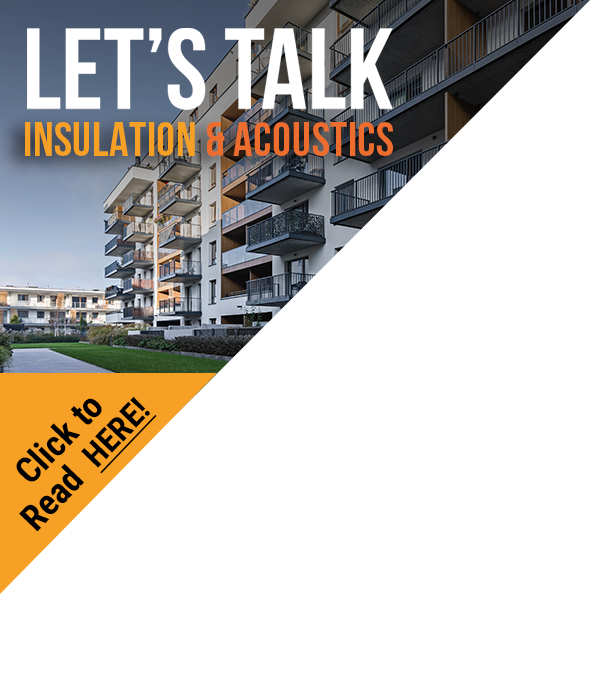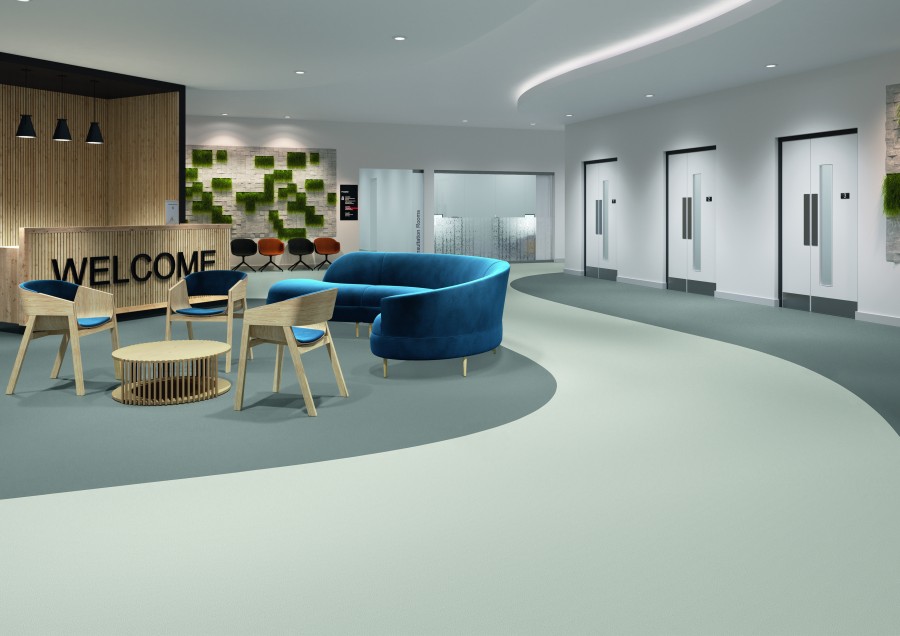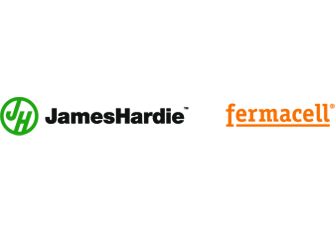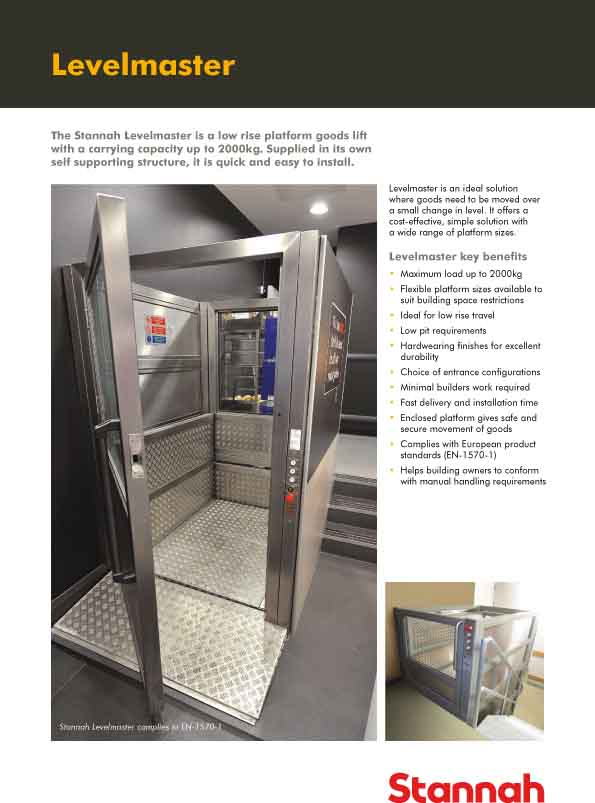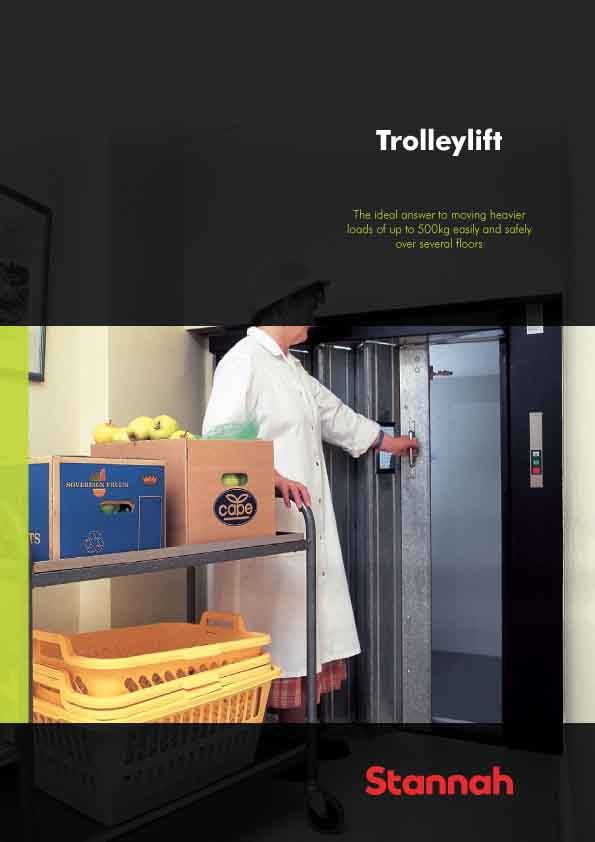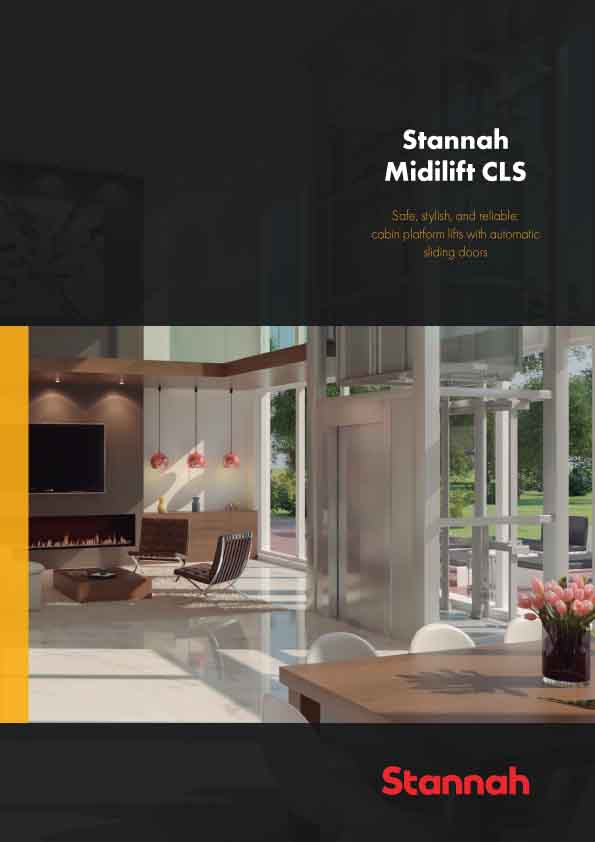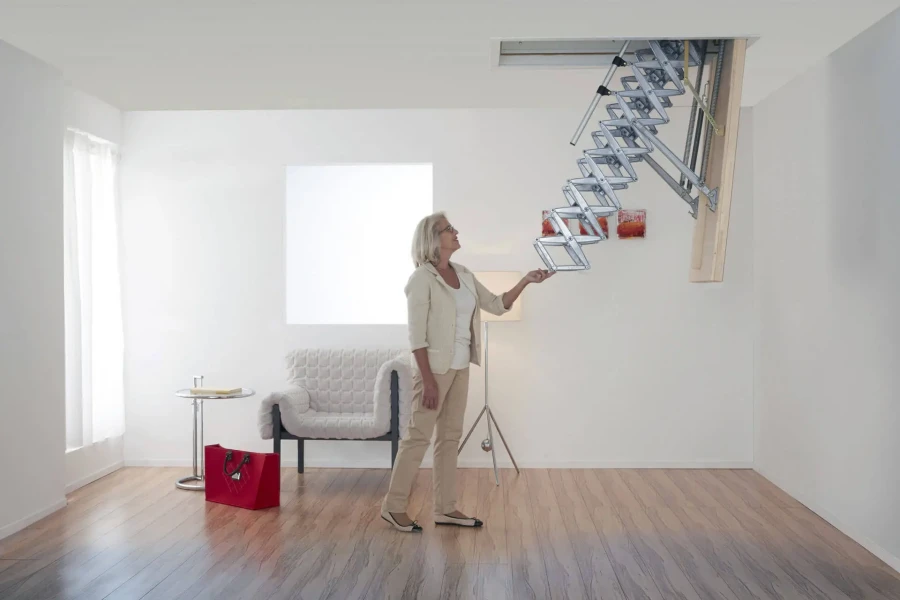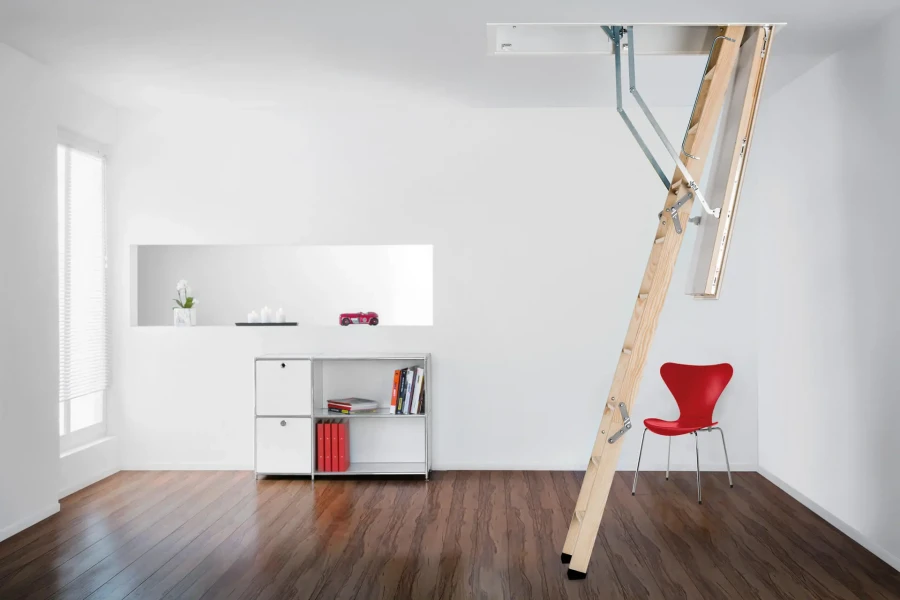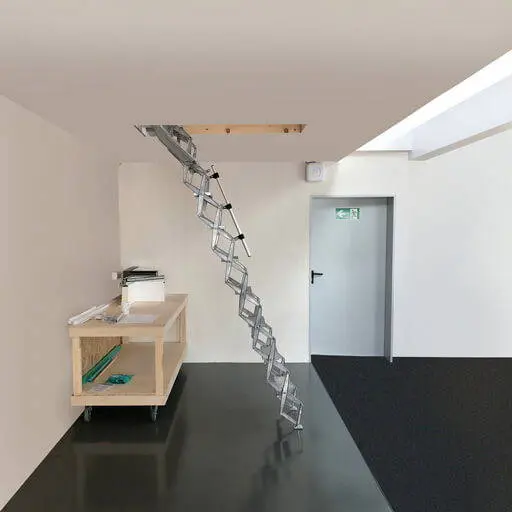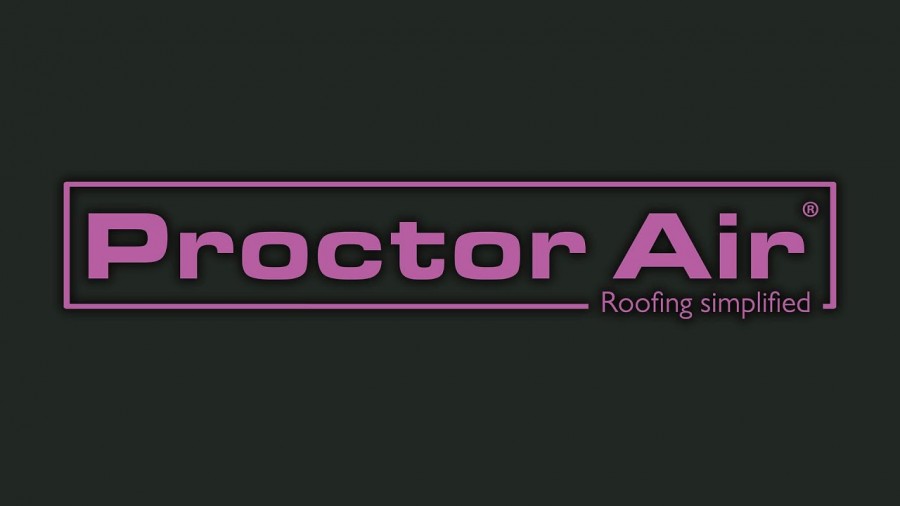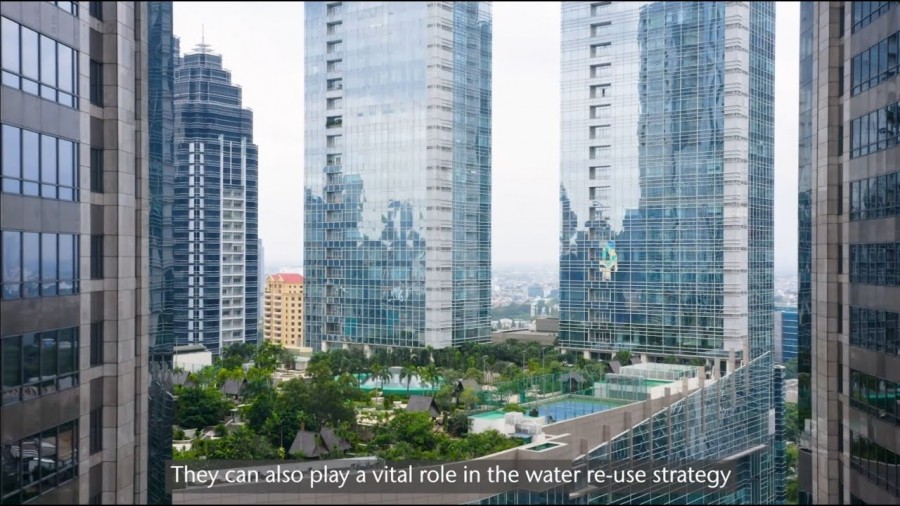The Royal Institute of British Architects (RIBA) has published the latest Future Trends survey results, a monthly report of the business and employment trends affecting the architects’ profession.
In November 2021 the overall RIBA Future Trends Workload Index remained in positive territory, with a balance figure of +12, a slight fall from the previous month. November marks twelve months of a positive RIBA Future Trends Workload Index.
Looking ahead to the coming three months, 26% of practices expect workloads to grow, 60% expect them to remain the same and 10% expect workloads to decrease.
Actual workloads are up by 10% compared with one year ago. On balance, all practice sizes remain confident about future workloads, as do all but one region - the South of England has returned a negative balance figure for the first time since the end of 2020.

The Housing, Commercial, and Public Sectors have come down in confidence but are still expected to grow over the coming three months, though the struggling Community sector has dipped back into negative territory. Although confidence remains overall, external pressures continue to weigh on the architects' market. Supply-side constraints on workload show no sign of abating. Shortages of materials remain significant and inflation is gathering pace.
In June 2021 the RIBA Future Trends survey looked at the impact of the supply delays for construction products. As we approach the end of the year, these issues remain unresolved with, findings this month suggesting that the situation is worsening for some architects. Difficulties in sourcing construction products are causing on-site delays for 74% of practices, and over a quarter (27%) report site work being put on hold. A quarter now report delays in the design process, up from 18% in June.
Whilst there are signs that overall product availability is improving, particular difficulties are reported with the supply of bricks, blocks and roofing products, and in imported products. Steep price inflation for many construction products dampens client demand and makes budgeting challenging. Restricted product availability is making sustainable design more difficult.
The eight-month run of all regions being positive about coming workloads has come to an end this month, with the South of England drifting into negative territory at -2. All other regions remain positive, with London now the most positive region at +26. The North of England remains firmly positive with a balance of +24, up from +20 last month. Wales & the West are positive at +16, though down six points from last month and the Midlands & East Anglia are at +3, though down 11 points from October.
In terms of sectors, the private housing sector posted a balance figure of +13 in November, a five-point fall compared to October. The commercial sector also fell by 5 balance points to +7. The public sector recovered with a balance figure of +2 following October's zero balance. The community sector has slipped back into its long-running negative tendency, returning a balance figure of -3, after a zero balance figure last month.
Confidence among medium (11 – 50) and large sized practices (51+ staff), though down by 15 points from October, still remains strong at +32. Small practices (1 - 10 staff) have stayed the same as the previous month at +9.
In terms of staffing:
- The RIBA Future Trends Permanent Staffing Index has fallen by 6 points (to 0), meaning as many practices expect staffing levels to decrease as increase.
- Overall, 13% of practices expect to employ more permanent staff over the coming three months, whilst 12% expect to employ fewer. 75% expect staffing levels to stay the same.
- With a combined balance figure of +19, expectations for staff recruitment remains highest among medium and large-sized practices (11+ staff), 38% of whom expect numbers to increase, while 19% expect a decrease. Small practices (1 - 10 staff) expect staffing levels to contract somewhat over the next three months, with a balance figure -3. 7% of them expect staff levels to increase while 11% anticipate a decrease (up from 4% in October).
- All regions said they anticipate the number of temporary staff to increase, although they are being cautious about recruiting permanent staff.
- This month personal underemployment fell by one point to 14%.
RIBA Head of Economic Research and Analysis, Adrian Malleson, said: “Overall, we are seeing a softening of optimism among architects’ practices. Whilst the confidence we see in London is encouraging, for the first time in eight months, this positive outlook is not shared across all regions.
“With stalling growth and rising inflation in both the general economy and the construction sector, concerns are growing that the rapid recovery we saw through 2021 is losing momentum.
“The new Covid variant, Omicron, is clearly emerging as a significant risk.
“Commentary suggests supply side issues continue to drag on architects' current and future workload. The speed with which Local Authorities process planning applications continues to be raised as a significant issue that is stalling projects or causing them to be abandoned altogether.
“Despite these challenges, many practices report a full pipeline of work and continued strong demand for architects' services. Overall, architects continue to expect growing workloads into the New Year.
“RIBA is reporting findings to Government and working with other bodies in the built environment to monitor ongoing trends. We continue to be on hand, providing support and resources to our members.”
